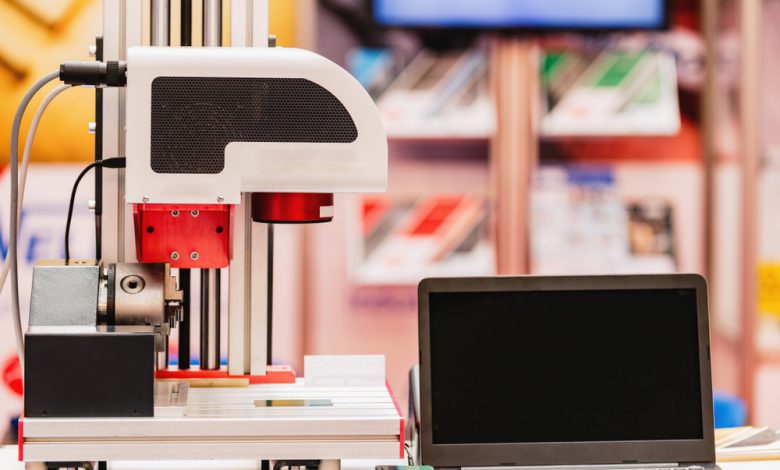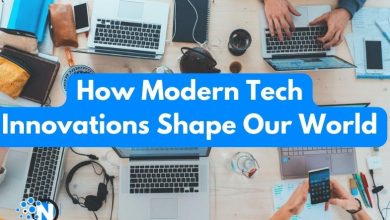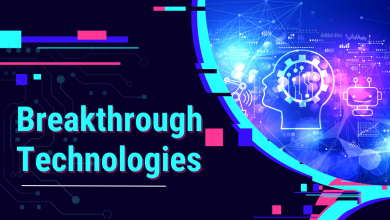Laser Marker Technology – All You Need to Know

Laser marking is a fast, effective and flexible technology that can be used for a range of materials including metals, plastics, glass and ceramics.
While laser marking is generally more expensive to purchase than other types of marking systems, it offers an immediate return on investment. With a laser marker, you can mark faster, more consistently, and with greater precision than any other technology available. In case you are looking to buy a laser marker product for your business, you can check Marcatore laser prezzo here.
Where laser marking really comes into its own is in its flexibility. It offers many marking techniques including engraving, etching, annealing, foaming and deformation. These techniques enable the marking of almost any material.
It’s also worth noting that there are many types of laser markers, ranging from low powered CO2 lasers to high powered fiber lasers that can cater to different applications and materials.
Types of laser marking
There are three basic types of laser marking: engraving, ablation, and annealing. They are differentiated by what happens when the laser hits the top layer of material.
Laser engraving: removal of material from the surface
The process of laser engraving, removing material from the surface, involves a focused laser beam and a computer. The computer directs the movement of the laser beam to cut or etch an object. With the use of CNC machines, we can reproduce your designs onto any kind of flat material.
Laser engraving is similar to laser marking and laser cutting in that it uses a focused laser beam to leave marks or remove material. However, unlike laser cutting, which removes all material in the shape, leaving edges with a smooth finish and even surface topography, the process of laser engraving takes away small amounts of material, creating a more textured finish to both edges and surfaces. Laser engraving is also different from laser marking as it penetrates deeper into the surface of the substrate being treated, while laser marking generally serves only to change the color or physical properties of its surface.
Laser etching: chemical change on the surface
A laser etching process is a chemical change on the surface of the metal. The heat from the high energy beam reacts with the metal to create new material at the surface. This new material has a unique appearance, depending on the chemistry of the alloy and its ability to absorb or reflect light.
Laser etched aluminum can have a silver-grey color or a black color, depending on whether you want to reveal or conceal what is underneath. Stainless steel can become darker in color and show a contrast between polished and etched areas. Gold can become bright orange and copper will turn bronze. Copper based alloys such as brass, nickel silver, red brass and bronze also respond favorably to laser etching. In these materials, laser etching removes some of the surface molecules, creating rougher areas that reflect more light than etched areas. A wide range of textures is possible in this technique, which is often used for logos and other graphics.
Laser annealing: changing the colour and contrast of the surface
Laser annealing is an alternative to case hardening, which is often used in tool making. The surface of the workpiece is heated locally using a laser and then cooled using a quenching process. As a result, the hardness of the surface increases significantly and becomes more resistant to wear. However, it does not produce a constant thickness of hardened material.
The laser heats the surface locally, which leads to a clear change in colour and contrast on the workpiece surface. The hardened area can also be machined more easily.
Hardness measurements can be carried out directly after hardening or after subsequent heat treatment (e.g. tempering).
Advantages of laser marking compared
The advantages of laser marking compared to mechanical processes (etching) or inkjet printing are:
- Extremely high precision and contrast-rich marking
- No wear on the marking head
- No use of consumables such as ink or solvents
- Marking is possible on almost all materials and coatings
- Laser types for marking
A distinction is made between ablative and non-ablative laser marking. With ablative processes, the material is permanently removed from the workpiece surface during marking. In principle, any type of laser can be used for this purpose, but pulsed lasers such as Nd: YAG lasers or fiber lasers are generally preferred because they achieve high contrast and good material penetration. Non-ablative processes only change the color of the material or its pigment by means of local heating. CO₂ lasers are suitable for this purpose.
Conclusion
As you can see from the above, laser marking is seemingly an effective solution to all market needs. And as we continue to produce more digital products, I expect that there will be a massive increase in laser marking technology as companies recognize this process as one of the best for their industries.




